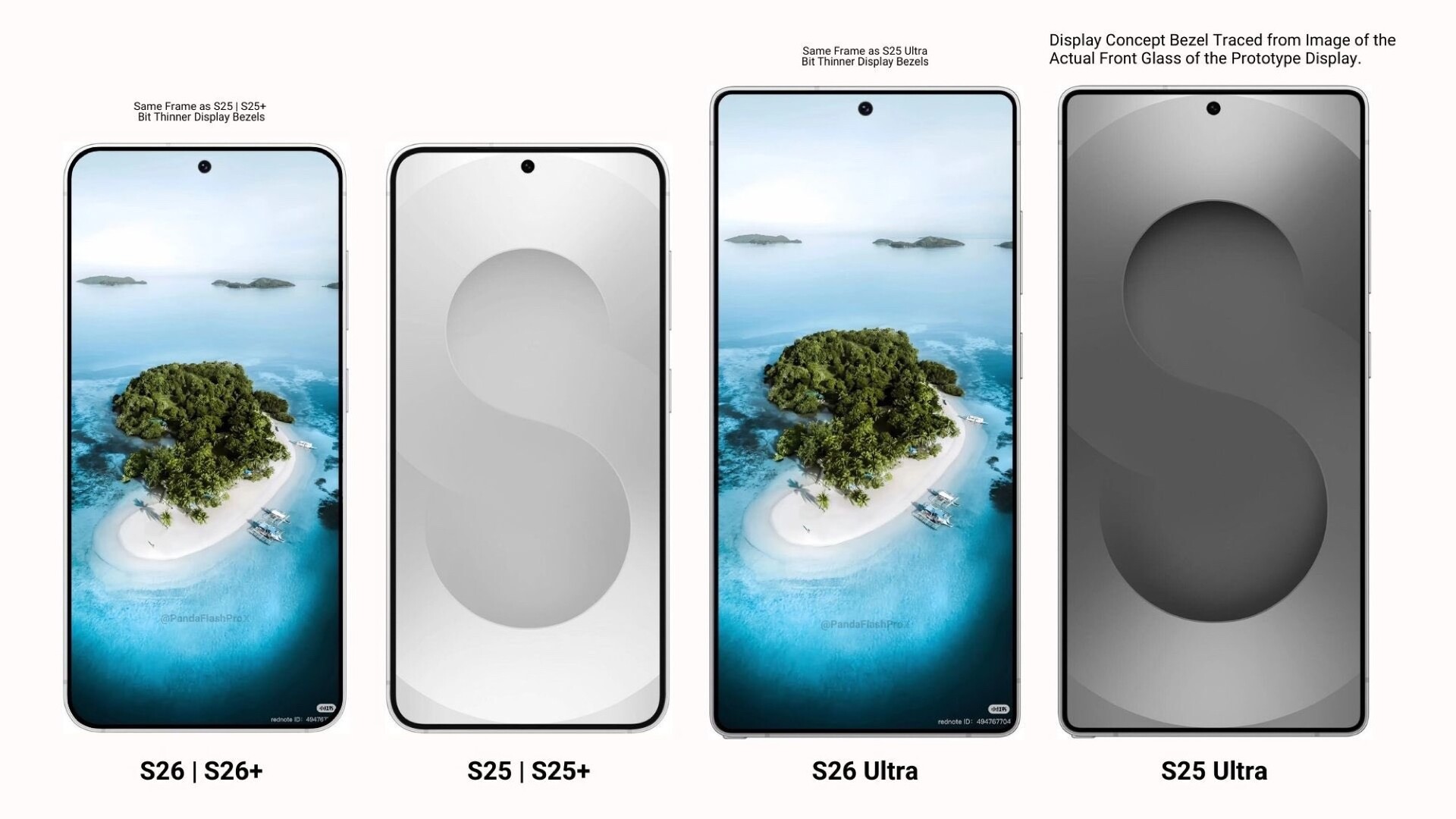
The buzz surrounding the Samsung Galaxy S26 Edge has taken an unexpected turn, with a recent leak suggesting a shift in design and battery strategy. Dubbed the “Battery Reality Check,” this new information points towards a more conventional lithium-ion battery than previously speculated, potentially impacting the device’s overall thinness and battery capacity. This revelation stems from a regulatory filing in China, tempering expectations for Samsung’s early 2026 flagship device.

The Leak: A Regulatory Revelation
The source of this disruption is none other than the Chinese 3C regulatory authority, which recently published certification data for a battery component believed to be destined for the Galaxy S26 Edge. This certification, which emerged in late August/early September 2025, provides concrete details about the battery’s specifications, contradicting earlier rumors of a significant technological leap.
The Players Involved
Several key players are central to this unfolding narrative:
- Samsung: As the manufacturer of the Galaxy S26 Edge, Samsung’s design and engineering decisions are directly impacted by these developments.
- Chinese 3C Regulatory Authority: This body’s certification process is the origin of the leaked information, highlighting the mandatory regulatory hurdles that tech companies must navigate.
- Ice Universe: A prominent tech leaker, Ice Universe, has been instrumental in disseminating and analyzing the leaked information, contributing to the widespread discussion among tech enthusiasts.
Lithium-Ion Confirmed: Silicon-Carbon Dreams Dashed?
The core of the issue lies in the type of battery being certified. The 3C certification for battery component model number EB-BS947ABY reveals a rated capacity of 4,078 mAh. This is expected to be marketed as a typical capacity of 4,200 mAh. While this represents an increase from the Galaxy S25 Edge’s 3,900 mAh battery, the crucial detail is the confirmation that it is a traditional lithium-ion battery, not the advanced silicon-carbon technology that was previously rumored. According to the leaked data, this means the Galaxy S26 Edge will likely not achieve the battery life or form factor improvements some had hoped for.
Why Silicon-Carbon Mattered
The anticipation surrounding silicon-carbon batteries stemmed from their potential to offer both increased energy density and improved thermal management. This would theoretically allow for both larger battery capacities and thinner device designs. The Galaxy S25 Edge reportedly faced some criticism for its battery capacity, and a shift to silicon-carbon was seen as a potential solution to address this while maintaining a sleek profile.
Impact on Design and Expectations
The confirmation of a lithium-ion battery has several key implications for the Galaxy S26 Edge:
- Tempered Expectations: The leak has served to temper expectations among enthusiasts who were hoping for a significant technological advancement in battery technology.
- Thickness: While the device is still expected to be thinner than its predecessor (rumored to be 5.5mm compared to the S25 Edge’s 5.8mm), it may not achieve the extreme thinness that silicon-carbon technology could have enabled.
- Battery Capacity: The 4,200 mAh capacity is an improvement, but it may fall short of the potentially larger capacities (e.g., 5,000 mAh) that silicon-carbon could have offered.
Galaxy S26 Edge: The “Plus” Replacement?
Adding another layer to the narrative, the Galaxy S26 Edge is widely rumored to replace the “Plus” model in Samsung’s 2026 smartphone lineup. This strategic shift could position the Edge as a more mainstream device, potentially influencing design choices and feature sets.
The Regulatory “Why” and the Discrepancy
Understanding the “why” behind this leak and its implications requires examining the regulatory process and the divergence from previous expectations.
The Regulatory Process
The leak itself is a byproduct of the regulatory process. Before a device can be released, it must undergo certification by regulatory bodies like the Chinese 3C. This certification process often involves the publication of technical specifications, providing opportunities for leaks and early insights into upcoming products.
The Expectation Gap
The discrepancy between earlier speculation and the confirmed lithium-ion battery highlights the inherent uncertainties in pre-release rumors. While speculation can generate excitement, it’s crucial to distinguish between unconfirmed reports and verified information. In this case, the 3C certification provides a definitive answer, overriding previous assumptions about silicon-carbon technology.
Navigating the Future Landscape
Despite the tempered expectations, the Samsung Galaxy S26 Edge remains a highly anticipated device. The confirmed lithium-ion battery doesn’t necessarily indicate a lack of innovation, but rather a different path towards achieving performance and efficiency. Samsung may be focusing on other areas, such as processor efficiency, software optimization, or display technology, to deliver a compelling user experience.
As Ice Universe and other tech leakers continue to dissect the available information, the tech community will be closely watching for further developments. The Galaxy S26 Edge is slated to debut in early 2026, giving Samsung ample time to refine its design and address any lingering concerns. The final product will ultimately determine whether the company can deliver a device that meets the expectations of its demanding customer base. The Battery Reality Check has set the stage, and the tech world awaits the final act.

